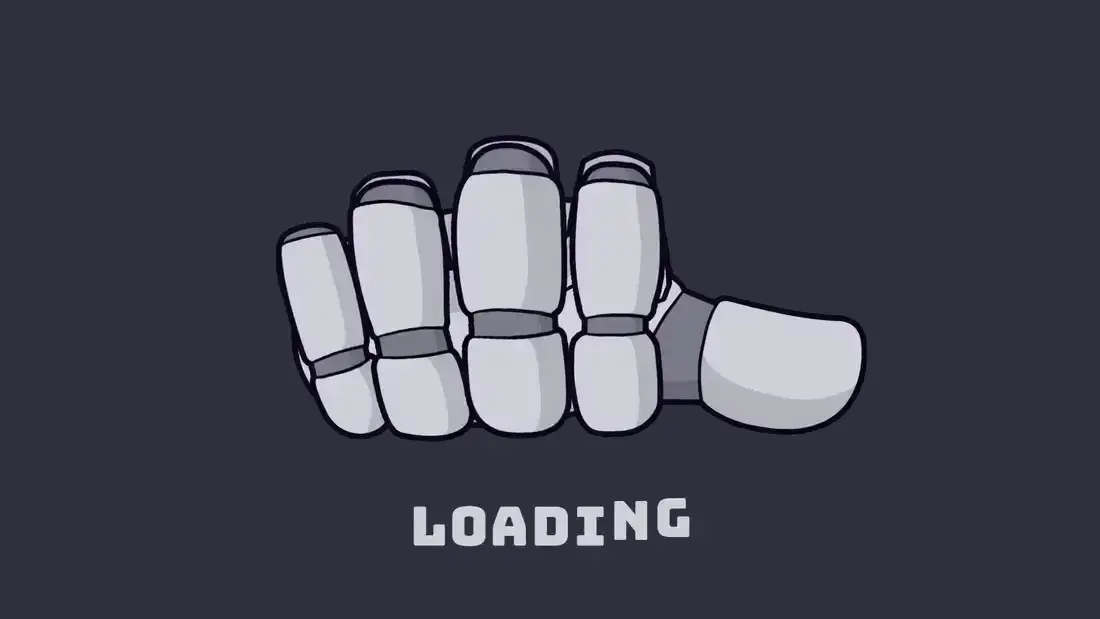▼ Most saved
Emotionrecognition
Free mode
100% free
Freemium
Free Trial
Other tools
-
3,130884831Released 1y ago100% FreeCarlos Ponce🙏 7 karmaApr 20, 2025@e7naaThis is a fantastic tool. It helps me a lot to illustrate my poems and short stories.
-
846355353Released 6mo ago100% Freenot accurate at all its generating some random ahh images
-
410203154Released 1y ago100% Free
-
2408473Released 10mo ago100% Free
- Sponsor:Rocket - Vibe Coding
-
3097156Released 7mo ago100% Free
-
2294234Released 9mo ago100% Free
-
763532Released 2mo ago100% Free
-
1693235Released 11mo ago100% Free
-
3242527Released 1y ago100% Free
-
662518Released 7mo ago100% Free
-
1162523Released 2mo ago100% Free
-
 Create dramatic charcoal portraits with AI artistry.Open832316Released 7mo ago100% Free
Create dramatic charcoal portraits with AI artistry.Open832316Released 7mo ago100% Free - Didn't find the AI you were looking for?
-
 Transform ideas into emotionally charged expressionist artwork.Open33218Released 1mo ago100% FreeChanged the prompt to improve results.
Transform ideas into emotionally charged expressionist artwork.Open33218Released 1mo ago100% FreeChanged the prompt to improve results. -
 Transform emotions into AI-generated art.Open481410Released 6mo ago100% Free
Transform emotions into AI-generated art.Open481410Released 6mo ago100% Free -
145118Released 6mo ago100% FreeArtist Tips for Better Results with Somnira Canvas: To help Somnira Canvas render the most compelling and emotionally resonant figures—whether human or animal—users are encouraged to guide the tool with poetic, suggestive phrasing rather than highly technical descriptions. This helps maintain harmony with the platform’s expressive strengths. For human figures, try emotion-based posture phrases like “curled in sorrow,” “reaching toward a fading light,” or “kneeling in wind.” Favor mood-based modifiers over anatomical specifics, such as “a silhouette bathed in dusk” or “a quiet figure in motion blur.” For animals, use mythic or metaphorical phrasing like “a fox made of stars,” “a deer outlined in frost,” or “a lion woven from dusk and gold.” Avoid strict biological realism unless intentionally stylized (e.g., “cubist owl,” “ink-drawn heron”). Best practices include specifying camera perspective or body angle with terms like “3/4 view,” “top-down shot,” or “over-the-shoulder,” and adding atmospheric cues such as “drifting in chalk mist,” “outlined by candlelight,” or “carved in shadow.” You can also add emotion-based tags directly into the prompt—words like “longing,” “grief,” “stillness,” or “wonder” will guide the aesthetic and expressive qualities of the final artwork.
-
66912Released 10mo ago100% Free
Post




